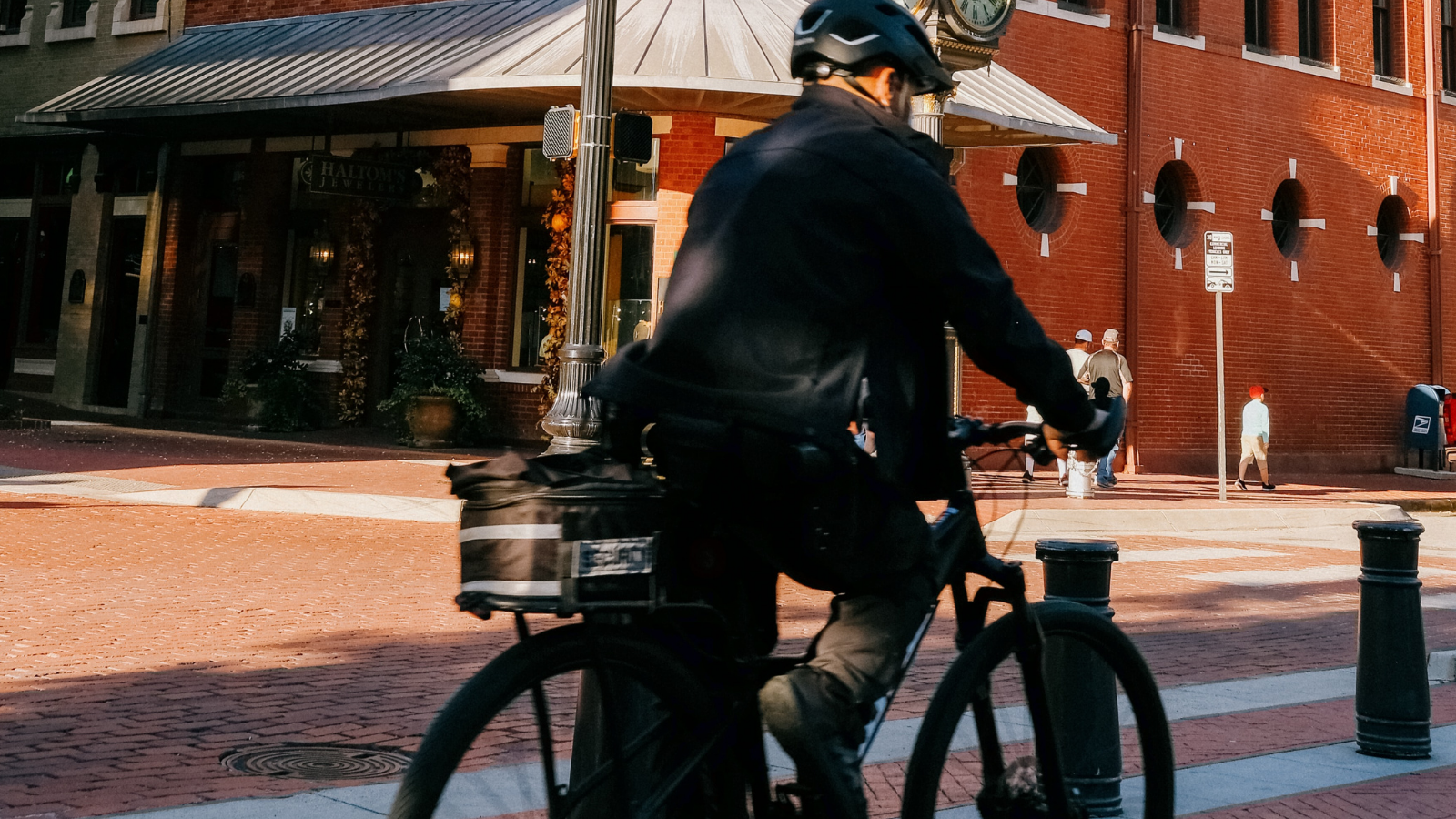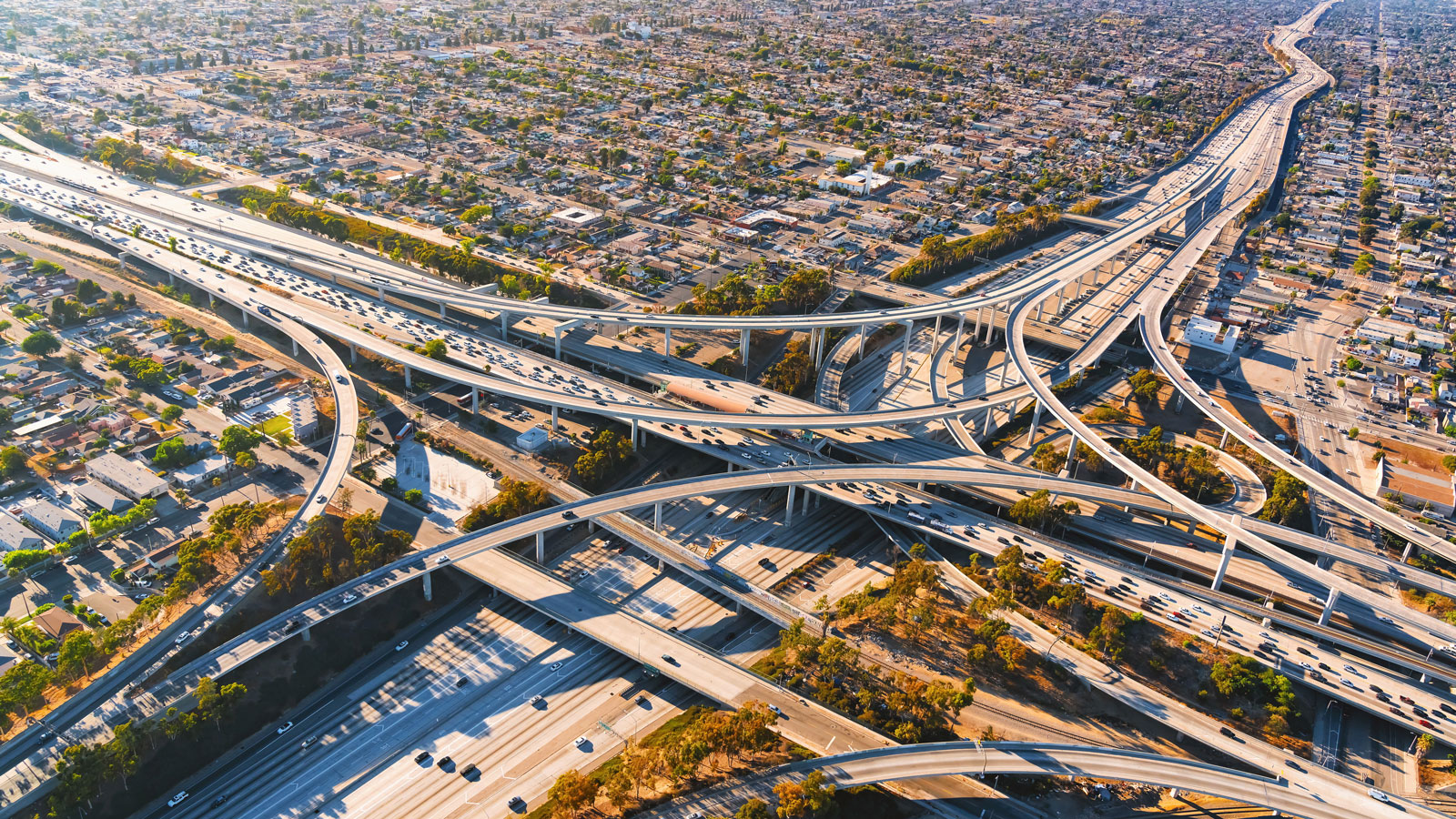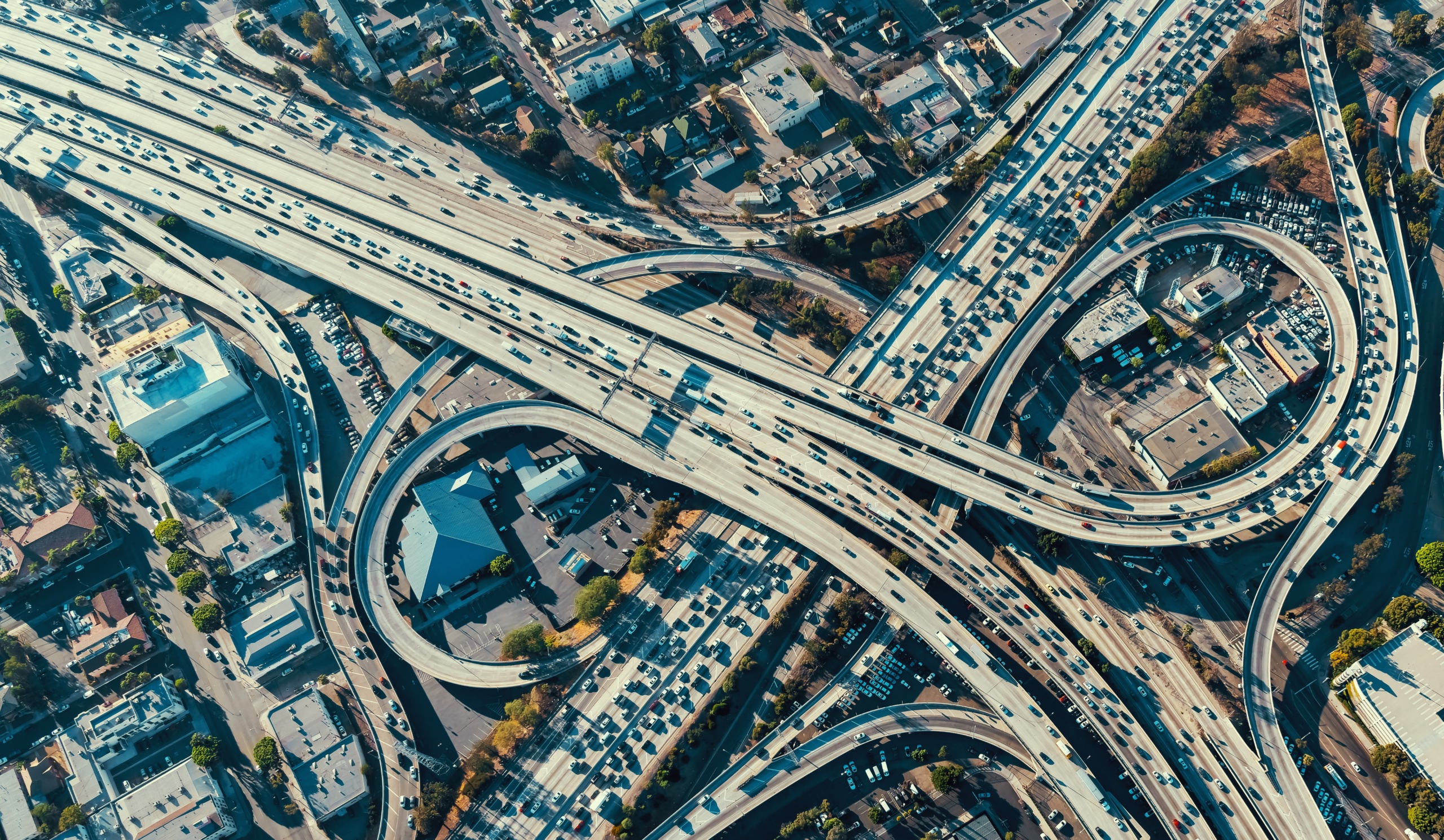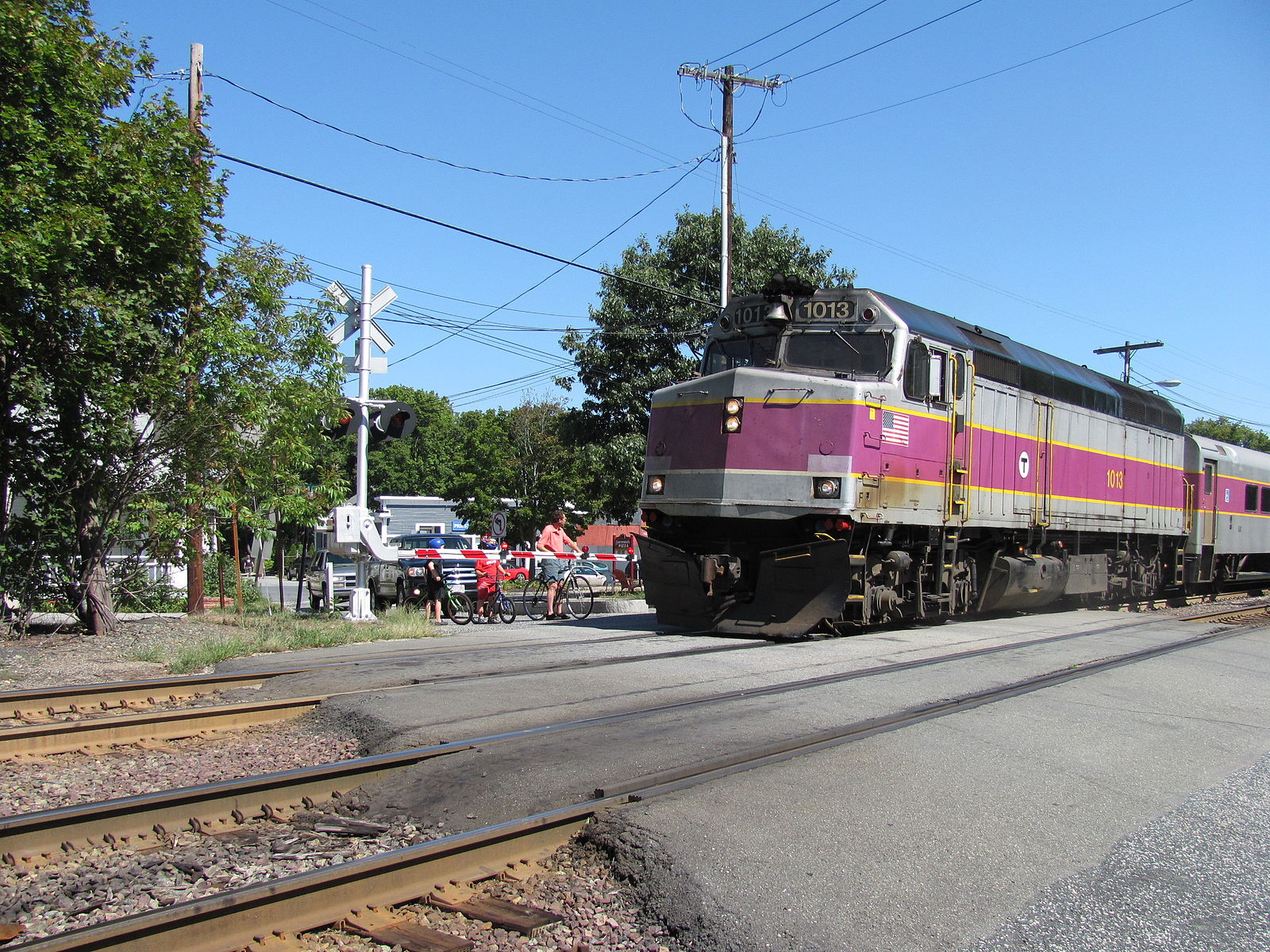Going beyond cars: It’s time to take a fundamentally new approach to American transportation
How the pandemic has offered a glimpse of how life could be if we hit the reset button on our transportation habits.

For the past 8 years, I have been fortunate to call a bicycle my primary mode of transportation. Initially, I chose to get around on two wheels because I liked to ride and it was also the friendliest option on my wallet. This reasoning got me through a hot summer in Eugene and two years pedalling up and down the rainy hills of Seattle. It even got me through some awkward conversations with my friends and family when I brought my ride-or-die bike habit home with me to the Bay Area.
By the time I sold my car after moving to highway-loving San Diego, I knew there was no going back. That’s why when I moved to my current home in Boston, a much snowier city with notoriously aggressive drivers, I didn’t even consider getting back in a car to get to work or pick up groceries – I had my bike. Over the years, cycling has become an integral part of my life, keeping me healthy both physically and mentally.
Unfortunately, my story is less than typical.
More than 85 percent of Americans commute by car every day. This takes a heavy toll on many, physically and psychologically, leading to health problems ranging from headaches, backaches, digestive problems and concentration issues to a range of even more serious conditions. One study of Texas commuters, published in the American Journal of Preventive Medicine, found that drivers traveling more than 15 miles each way were more likely to be obese, an illness that has reached epidemic levels in the U.S.
Every year, an estimated 58,000 Americans are killed by air pollution. Not only that, but millions more are put at increased risk of serious health conditions, including lung cancer, stroke, heart disease, asthma and even dementia as a result of our air quality. Directly, vehicle crashes take the lives of 40,000 people in the U.S. each year and leave millions more seriously injured.
America’s car-centric transportation system isn’t just wreaking havoc on our lives and our health, it’s also destroying our planet. Each year, Americans drive more than 3.2 trillion miles: nearly 10,000 miles per person and more miles per capita than people almost anywhere else in the world. As a result, transportation accounted for one third of the nation’s total greenhouse gas emissions in 2018 – more than any other sector of the economy.
The COVID-19 health crisis, although devastating, has shown what drastically reducing pollution from the transportation sector looks like. The environmental impact of the pandemic was evident by mid-April when, at the height of lockdown, daily carbon dioxide emissions in the U.S. plummeted by around one-third and bright blue skies appeared over city skylines for the first time in years.
Meanwhile, through the pandemic, fitness tracking app and bikeshare data have shown that bicycle ridership has steadily increased in cities across the country. Additionally, e-bike retailers have reported huge sales spikes. In some instances, sales have tripled over last year, as more commuters are choosing bicycling instead of public transit to ease COVID-19 safety concerns.
In other words, the pandemic offered a glimpse of how life could be if we hit the reset button on our transportation habits.
While electrification of our vehicles is part of the solution, it’s not a silver bullet for our massive health and environmental problems. Real change will involve more than simply taking our current lifestyles and adding in batteries.
We’ll only truly transform our transportation system by shifting the majority of our current car trips to active transportation options, such as biking and walking – combined with transit – so that all Americans have the opportunity to drive less and live more.
Our health, not how fast or how many cars we can move through our city streets and highways, should be our number one transportation priority.
To do this, we need to shift our transportation policies to give people more options to bike, walk and take transit. We need safer, more “complete” streets that not only allow, but encourage active transportation. Gearing our transportation system more toward traveling by bike or on foot will create a cascade of benefits, including better health and quality of life for all Americans.
In Seattle, researchers found that every 5 percent increase in a neighborhood’s level of walkability was associated with a 32 percent increase in minutes of walking or biking. It also resulted in a one quarter point reduction in Body Mass Index for local residents.
Another study in the American Journal of Preventive Medicine suggests that adding active transportation such as bike commuting to one’s day is important even for people who fit in time to exercise after work.
Streets that are safer and more accommodating to walking and biking can also boost economic vitality. For example, Salt Lake City has seen an increase in retail sales in areas where protected bike lanes have replaced parking spots.
Giving people more active transportation options also improves quality of life. It lets people avoid wasting time in traffic and the stress that causes. Traveling by bike or on foot eliminates the need to look and pay for parking. Not only does this save time and money, but it also gives greater freedom to those traveling through densely populated spaces.
Meanwhile, not owning a car can alleviate household budget woes many millions of Americans face. Although many aspects of driving are subsidized – including parking and highway repair – maintaining, fueling and insuring a car can be extremely expensive. An increase in affordable alternatives, such as e-bikes or efficient and convenient transit, can make transportation without a conventional vehicle much easier on people’s wallets.
As with every major transformational effort, measuring success will be an important part of shifting our country’s transportation habits. Reducing the number of vehicle miles traveled (VMT) per person must be a key component to a more modern, cleaner and healthier transportation future.
Prior to the public health and economic crisis caused by COVID-19, national VMT was projected to rise roughly one percent per year for the next 15 years. While VMT dipped during the first half of 2020, Americans are already beginning to drive more – a trend that will likely continue as it did following the 2009 recession.
Fortunately, nearly half of all car trips made by Americans are just three miles or less. Consequently, we have the potential to significantly reduce our per capita VMT by switching more of these shorter trips to other modes of transportation — ideally, non-polluting ones such as a bike, zero-emission transit or their own two feet.
Refocusing our transportation priorities and investing in improved bike lanes and sidewalks will allow us to restructure land use so that shorter trips can be made safely and enjoyably without a car. From improved health and safety to increased economic vitality, supporting improvements in active transportation infrastructure across our country is critical to the nation’s long-term ability to recover from the COVID-19 pandemic.
COVID-19 has provided America with a wake-up call for how we might be able to dramatically curb the deleterious health impacts of our country’s transportation system. Supporting active, non-polluting transit options that allow Americans to perform essential tasks — such as getting groceries, taking their kids to school and accessing medical services — is critical to transforming America’s post-pandemic transportation system and normalizing new, healthier transportation behavior.
Topics
Authors
John Stout
Find Out More

A threat to federal climate investment: Highway boondoggles

Important wins for Texas consumers this legislative session

America needs a “roads review”


